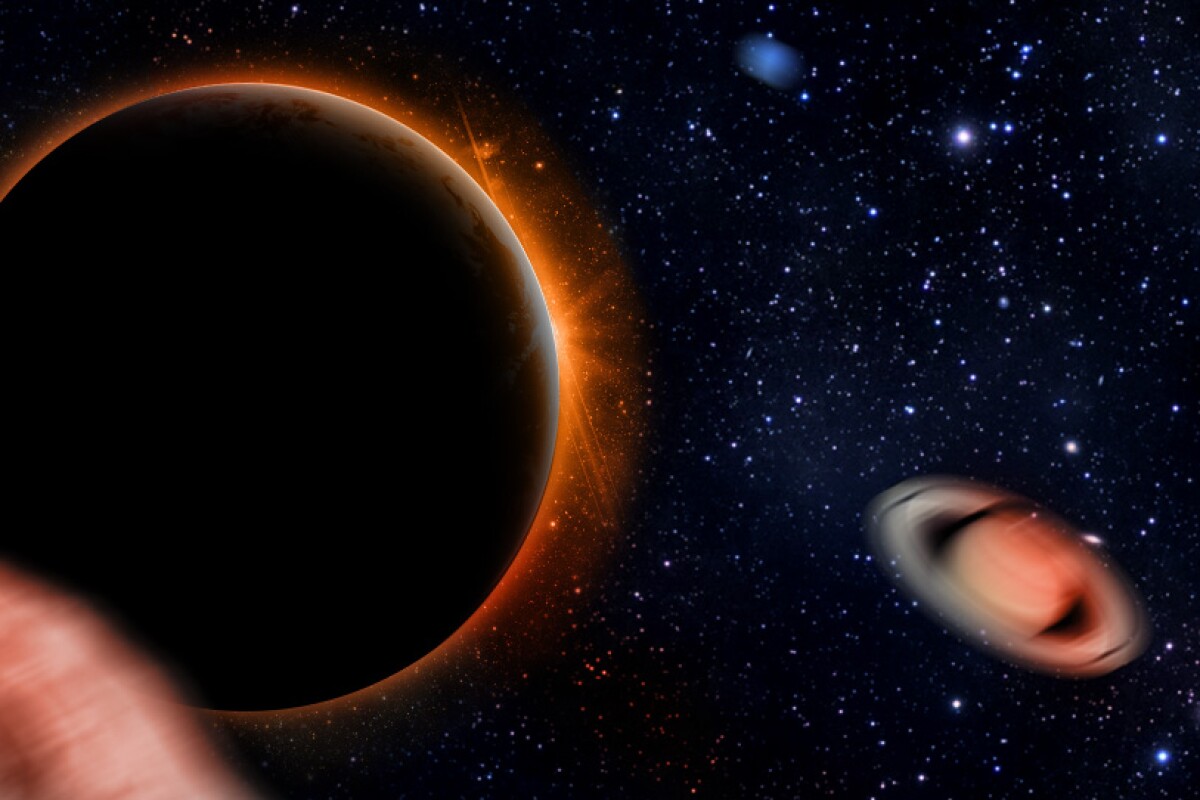According to new research, thehypothetical Planet Nine could one day be responsible for the expulsion of anumber of planets from our solar system, including Neptune, Jupiter and the dwarf planet Pluto. However, there is no need for immediate concern, asthe proposed cosmic eviction would take place some seven billion years inthe future, following the demise of planet Earth at the hands of ourdying star.
Planet Nine is a hypothetical worldbelieved by some to orbit at the fringes of our solar system. InJanuary 2016, a study was published suggesting that the unusual orbits of six Kuiper belt objects were due to thegravitational influence of a previously unknown world. Since thepresence of the planet was theorized, further studies have putforward theories regarding the potential orbital path, and even the composition of the ghost planet.
Whilst the potential for sucha planet to act like a cosmic wrecking ball is like catnip to conspiracy theorists, there is currently no evidence to suggest that ourphantom is in any way a herald of the apocalypse. However, accordingto the new research carried out by Dr. Dimitri Veras of theUniversity of Warwick, the planet could make a serious nuisance ofitself in the aftermath of the death of our star.
Scientists believe that our Sun willend its life in around around seven billion years when, havingexhausted the supply of hydrogen needed to maintain the nuclearfusion process at its core, itexpands into a red giant,consuming Earth in the process. Finally, our Sun will transform intothe husk of a dead star knownas a white dwarf. During the final stages of its evolution, our star will shed a phenomenalamount of mass.
Thisejection of material will likely force Saturn, Jupiter, Neptune andUranus into more distant orbits. Using a computer simulationdesigned to model interactions between the bodies of our solarsystem during this tumultuous period, Veras discovered that PlanetNine could actually be drawn in to a closer orbit.
From this position, its gravitationalinfluence could manipulate at least one of the current solar systembodies into an escape trajectory. According to the simulation, themore distant the orbit of Planet Nine following the period ofupheaval, the more likely it is that solar system bodies will beejected in a kind of "pinball" process.
"The existence of a distantmassive planet could fundamentally change the fate of the solarsystem" states Veras. "Uranus and Neptune in particular may nolonger be safe from the death throes of the Sun. The fate of thesolar system would depend on the mass and orbital properties ofPlanet Nine, if it exists."
By modeling the death throws of ourstar, scientists can gain a better understanding of distant whitedwarf systems, almost half of which have been observed to containrocky debris. This debris could have resulted from the influence of aPlanet Nine-like body, swooping in from the outer reaches of a systemto wreak havoc with neighboring planets.
It is also worth noting the theory thatPlanet Nine may have formed around an alien star. If this wereto be true, and the events listed above came to pass, it would makethe hypothetical world something of a cosmic cuckoo, forcingout our Sun's true-born planets while remaining in the nest of oursolar system itself. It is of some small consolation that Earth won't bearound to witness the massacre, if it actually comes to pass.
Source:University of Warwick




